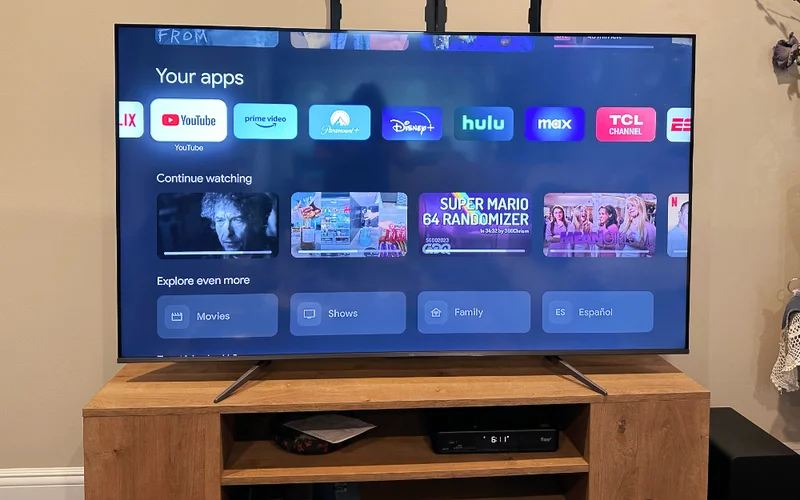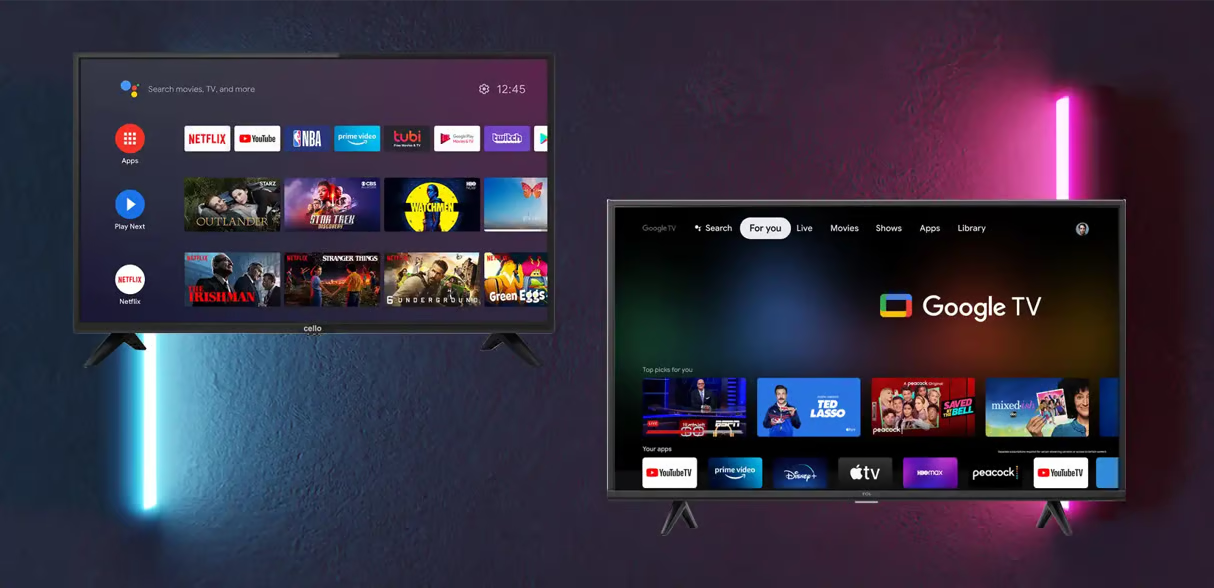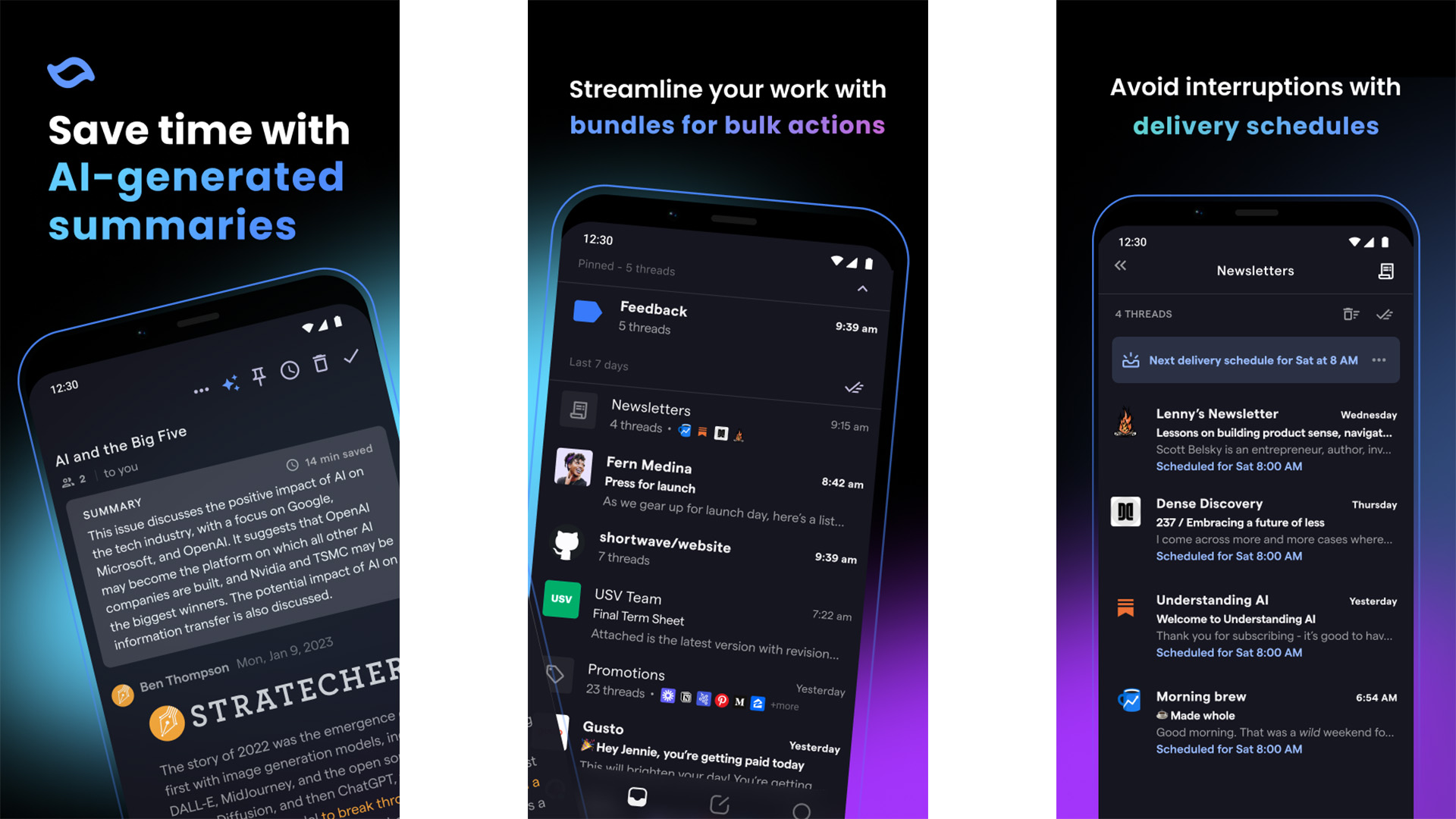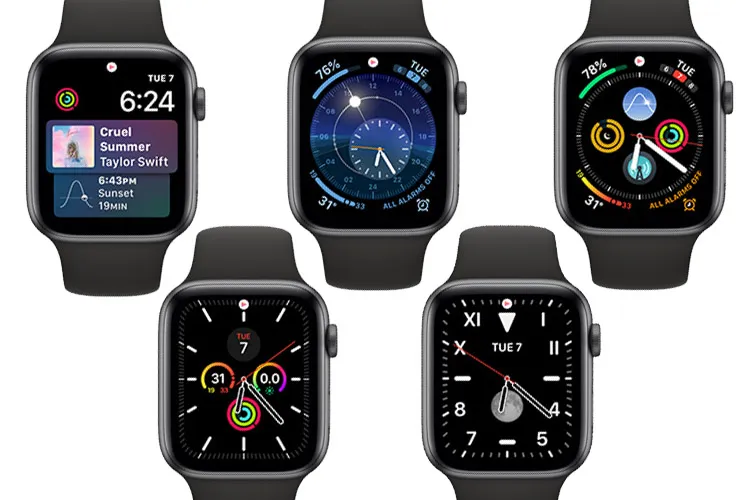
Getting ML-Based App Personalization Right: The Engagement Engineering Framework
This guest post is written by Dr. Julian Runge, an Teammate Professor of Marketing at Northeastern University who specializes in behavioral data science.
As we witness increasing deterioration in digital ad targeting performance, strong post-download personalization of app experiences becomes all the increasingly relevant and valuable to momentum higher consumer lifetime value (CLV) and largest unit economics. The Engagement Engineering framework that I present in this vendible assists with exactly that. In the service of sustainable consumer engagement, it starts with a holistic model of human motivation.
Figure 1: Self-determination theory is the windrow of the Engagement Engineering framework. Humans need to wits competence, autonomy, and relatedness to finger well and sustainably motivated. App users do, too. ML-based personalization can help you provide this to them. (source)
Self-determination theory (SDT), ripened since the 1980s by Edward Deci and Richard Ryan, provides us with such a model. Basic needs theory, a sub-theory of SDT, posits that humans need to wits autonomy, relatedness, and competence to finger well and stay sustainably motivated (see Figure 1). These three principles make up the frame for our exploration of constructive app personalization.
Note: This vendible is well-timed from my forthcoming workshop on ML-based app personalization. The workshop draws on increasingly than a decade of data science and research work at leading companies (Meta/Facebook, Wooga, N3TWORK) and top-tier universities (Stanford, Duke). This vendible aims to requite a high-level introduction.
1. Engineering Competence: Personalization to Fuel User Skill
Tutorials, notifications, welcome videos, and many other parts of the UX all serve to familiarize users with an app and help them build skills in exploring the environment and its affordances. These are diamond elements that can, and should, be tuned, refined, and personalized using analytics and product iteration. When it comes to identifying constructive levers for ML-based personalization, it serves us to go as tropical to the cadre engagement loop of an app as possible. In games, this is mostly the cadre game, and the lever for personalization can be the difficulty of the cadre game. From a user’s perspective, the value of personalization here is to receive the right value of reward (game progress) for exerted effort – and hence to requite a user the sense that they are developing competence by exerting effort.
Let’s use the example of a puzzle game to illustrate this more: Say the cadre game loop consists of transplanting game boards by connecting puzzle pieces of the same color, and game progression happens by vibration sequential levels serried on a map (very similar to many of the most successful unstudied games out in the market). Such a cadre game offers a powerful mechanism to tenancy the difficulty that a player faces: The distribution of variegated colors among the puzzle pieces on a board. The lower the number of colors, and the increasingly of one verisimilitude compared to other colors, the increasingly pieces an stereotype player can connect.
Figure 2: Engineering Competence. Left panel: Use ML to understand users’ expected level of motivation (e.g., measured as rounds played) and skill (e.g, measured as rounds won over rounds played) and then personalize difficulty by making the game easier for users with lower skill and lower expected motivation. Darker undecorous ways a increasingly challenging game experience. Right panel: By supporting players who have less skill (lower topics to act) and lower motivation (lower opportunity to act), we move players towards a more intense spritz state, increasing their enjoyment of play and likelihood to retain. Darker undecorous here ways a increasingly intense expected spritz state.
Using this mechanism, to help users unzip feelings of competence, we can make the game easier for players who (i) have lower motivation and (ii) are less skilled and are hence experiencing less progress per effort. The left panel of Figure 2 tries to capture this idea: We want to use ML to understand users’ level of motivation and skill and then personalize difficulty by making the game easier for users with lower skills and lower expected motivation. Future engagement (a proxy for expected motivation to engage) can be predicted using ML for unstudied F2P games and apps. Doing so allows less skilled (lower topics to act, see Figure 2) and less motivated (lower opportunity to act) users to alimony learning by rewarding them increasingly than increasingly skilled and motivated players per unit of exerted effort. Doing so increases topics and opportunity to act for all players, making spritz experiences increasingly likely, see right panel of Figure 2.
Building on this rationale, we built a difficulty personalization system for a puzzle game that we tested in an A/B test. It increased the number of rounds played by 22.4% and the endangerment of a player logging in the next day by 9.2% (both effects are highly statistically significant), compared to a condition without personalized difficulty. While not the aim, the system moreover achieved a substantial lift in stereotype revenue per user as many increasingly players paid for new content packs, and players bought increasingly content packs. (You can find details on the implementation and results here. Note that we will get to the question if such a personalized difficulty system is problematic from a player’s perspective in Section 4.)
2. Engineering Relatedness: Personalizing to Create Engaging Social Experiences
Many apps and games rely on social elements to momentum engagement, either at the cadre (e.g., PvP, social media) or as meta systems (e.g., guilds/teams in all kinds of games, comments sections in news apps), or as a mix of both. Where possible, we can support users in finding relatedness by matching them into environments with similar skill levels and engagement styles. Doing so very much supports players in finding the right opportunity and topics to act (see in the right panel of Figure 2) and can be operationalized as aiming to maximize realized social interaction.
In a first simple step, that can midpoint pairing users with a upper propensity to engage with highly engaged social environments, something we explored with a large app publisher. We predicted the propensity to engage for newly arriving users who just downloaded an app for the first time and classified existing in-game teams by a “community health score” that was a combination of several input variables (for details, see here). We then matched high-propensity users into engaged social environments.
A field experiment with our system in a highly successful top-grossing mobile game showed that the system could unhook substantial increases in engagement ( 12% in rounds played), socialization ( 16% messages sent), and plane summery and statistically significant increases in monetization ( 3% in revenue per new user). These effects were sustained over several weeks. However, we moreover saw that less engaged communities became plane less engaged. A point we will return to later in Section 4.
3. Engineering Monetization: Personalizing Offers Not Prices
Price personalization is largely a no-no in gaming where large and engaged communities do not take it well when companies try to tuition variegated prices for one and the same good. Personalized offers on the other hand are probably the most widely understood and used tool to momentum engagement and monetization in apps and F2P games. The freemium pricing model has something to do with why this works so well.
Figure 3: Engineering Monetization. A simple RFM-based offer personalization can go a long way in driving large amounts of uneaten revenue in freemium apps ( 20% in this study). In the table, the vertical dimension captures how long it has been since a user’s last purchase (recency), and the horizontal dimension captures the maximum value spent by a user in the past (monetary value). Each lamina indicates the offer price targeted to users in the respective segment.
Beyond offers, wontedly wonted and practiced monetization personalization pertains to sorting of offers in the shop and possibly quantity discounts. Plane just a simple RFM-based (recency, frequency, monetary value) personalization as shown in Figure 3 can go a long way in driving large amounts of uneaten revenue. ML works very well here, too. I have tried reinforcement learning for this in the past but would likely recommend a “simple” supervised learning approach. You can, e.g., predict CLV and then assign variegated offers based on users’ expected CLV. Really, getting engineering of competence and relatedness right sets a strong baseline from where personalized monetization is the easier exercise. All three dimensions moreover tend to exert strong complementarities with each other.
4. Engineering Autonomy: Enabling Choice, Fairness, and Inclusion
Many consumers, expressly gamers, would be concerned well-nigh the whilom systems in terms of fairness and possibly stuff manipulative. And rightfully so. As product designers and managers, we need to be shielding when using powerful technologies such as ML-based personalization in the background. To stave and prevent undue manipulation and unfair outcomes, it is important to work from unmistakably specified and spelled out principles when designing such systems. In the end, to unzip sustainable engagement and relationships, the aim has to be to support autonomy and self-ruling nomination in consumers’ decision-making.
In my example for competence engineering and personalized difficulty, we aspired to unzip that by setting the pursuit ground rules:
- Build the system to momentum retention not monetization
- Build the system to momentum wide-stretching margin, not intensive margin (= to include marginal players, not to “addict” engaged players)
We “complied” with these rules by (1) leaving the wiring game untouched for the top 50% most engaged players that rumored for scrutinizingly all revenue generation, and (2) supporting players increasingly the increasingly marginalized / less skilled they were. We hence did not transpiration the gameplay wits for an engaged, spending player – which in turn ensured pearly gameplay, e.g., in leaderboard rankings.
In the specimen study well-nigh the engineering of relatedness, we discussed fairness considerations at length. If the ML system would misclassify a new user as “less likely to engage,” this user may not be offered seats in engaged social environments. What happens if the system was wrong and the user unquestionably had a upper likelihood to engage? In that case, that user would probably go on to quit the offered environment and seek out a increasingly engaging one. So, in our system, a user who would do so would unchangingly be offered a seat in a highly engaged social environment on the second attempt.
The results of our field experiment still showed that increasingly engaged social environments became plane increasingly engaged, and less engaged ones were plane less engaged. Is that problematic? Possibly. In the specimen of a social game as in our study, we well-set that this outcome is winning (especially as players who wanted to engage could hands find a largest social environment, see above). In the specimen where an algorithmic system may not match users based on local engagement (in an app) but rather on global (=real-life) political preferences, such a system could lead to bad outcomes that reach vastitude the app in question. Polarization and semester may then be a result of such algorithmic systems and the respective designers and managers need to take variegated deportment to ensure non-misinformed choice, fairness, and inclusion.
Figure 4: The Engagement Engineering framework is platform-agnostic and can inform your personalization initiatives wideness desktop, laptop, mobile, console, wearables, VR.
For the specimen of monetization personalization, to facilitate fairness and inclusion, do not price-discriminate (=do not tuition variegated prices for the same good), and use differently-sized and -priced offers with nice discounts. Advertise these offers using popups targeted at towardly contextual points and showing the offer most matched to a user’s preferences. To facilitate inclusion further, you can make all offers misogynist to all users in an app shop.
The topic of thus enabling autonomy, choice, and inclusion on digital platforms is unmistakably much increasingly ramified and involved than I can imbricate here. For the purposes of this article, I urge you, in the service of sustainable outcomes for you and your customers, to (a) invest defended effort in “autonomy engineering,” (b) set ground rules that would satisfy you if you were your own customer.
Concluding Remark
With this article, I’m sharing what I have found to be a powerful framework for thinking well-nigh ML-based app personalization. The experiences I researched and helped design, produce, and monetize particularly were mobile games, gamified apps, and social media sites (details here). However, I believe the framework to wield wideness variegated computing platforms ranging from desktop- and laptop-based (early-day Facebook apps and games) over mobile-based (modern-day mobile apps) and console-based to wearable and increasingly immersive (VR headsets) experiences that may proceeds increasing footing in the future (Figure 4).
I hope the framework can be helpful to you in designing personalized app experiences as well. It is a work in progress and I am unchangingly looking for feedback and enriching conversations. So, please do reach out.
Dr. Julian Runge is a behavioral economist and data scientist. After years of research on game data science and digital marketing at leading universities and companies such as Facebook (Meta), Stanford, and Duke, he is now an teammate professor at Northeastern University in Boston. Julian has published extensively in outlets ranging from machine learning conference proceedings to Harvard Business Review and Information Systems Research.
Photo by Yura Fresh on Unsplash
.











